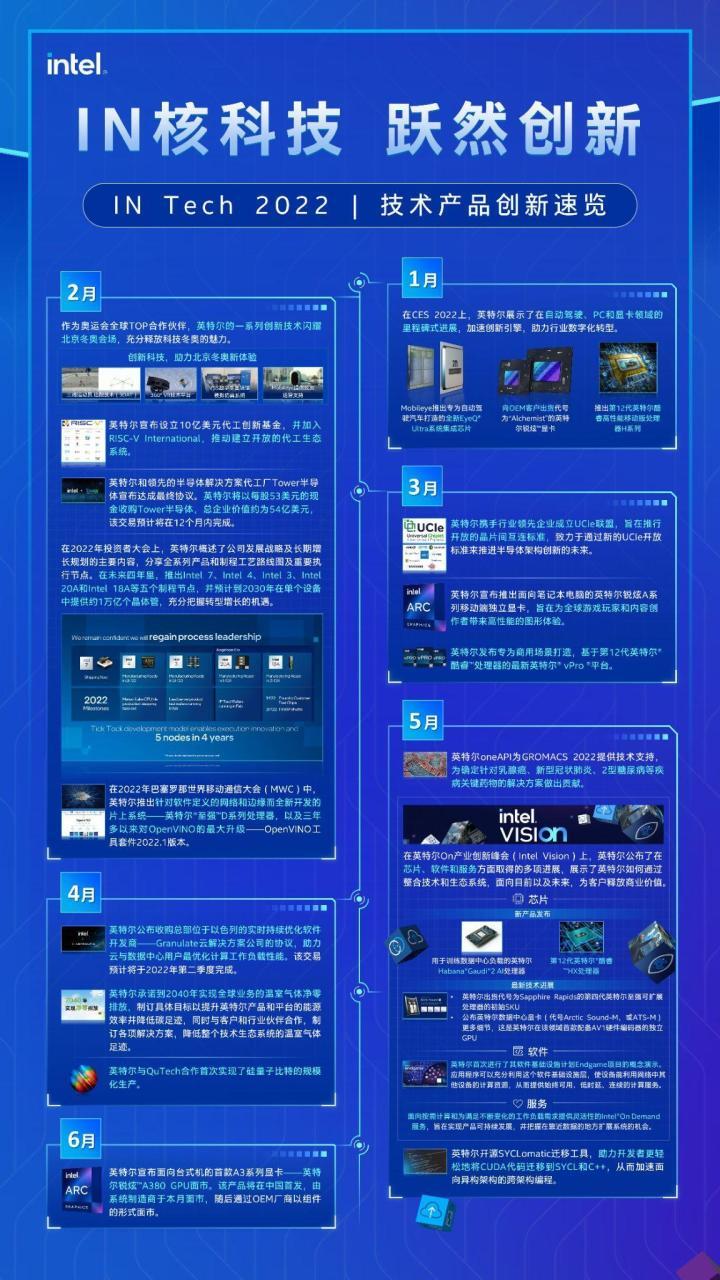当前位置:网站首页>队列的基本操作(C语言实现)
队列的基本操作(C语言实现)
2022-07-01 13:42:00 【Brant_zero】
本篇博客带来栈的好兄弟——队列。
目录
一、 队列的概念与结构
队列:只允许在一端进行插入数据操作,在另一端进行删除数据操作的特殊线性表,队列具有先进先出(First In First Out)的特性。入队列:进行插入操作的一端称之为队尾;出队列:进行删除操作的一段称之为队头。

二、 队列的框架定义
队列也可以使用数组或链表实现,使用链表的结构实现更有一些,因为如果使用数组的结构,出队列在数组0下标处上出数据,效率会比较低。
接下来我们来看看此次要实现的队列基本操作。
#pragma once
#include <stdio.h>
#include <stdbool.h>
#include <stdlib.h>
#include <assert.h>
typedef int QDataType;
typedef struct QueueNode
{
struct QueueNode* next;
QDataType data;
}QNode;
typedef struct Queue
{
QNode* head;
QNode* tail;
}Queue;
void QueueInit(Queue* pq); //队列的初始化
void QueueDestroy(Queue* pq); //队列的销毁
void QueuePush(Queue* pq, QDataType x); //插入数据
void QueuePop(Queue* pq); //删除数据
bool QueueEmpty(Queue* pq); //队列的判空
QDataType QueueFront(Queue* pq); //队列头部数据
QDataType QueueBck(Queue* pq); //队列尾部数据
int QueueSize(Queue* pq); //队列的大小注意:
栈使用的是数组,数组是可以直接访问的。而如果我们使用链表实现队列,则要设置一个head和tail指针表示队头和对尾,其中head和tail都为普通的单链表节点结构,所以它们要设置next指针域和data数据域,这样才能实现队列的特性。
三、 队列的功能实现
3.1 队列的初始化
和之前实现的单链表初始化差不多,这里就不过多讲解了。
void QueueInit(Queue* pq)
{
assert(pq);
pq->head = pq->tail = NULL;
}3.2 队列的销毁
因为是链表的形式,所以我们释放空间不能像数组一样直接整段释放,要使用while将每个节点释放掉。
void QueueDestroy(Queue* pq)
{
assert(pq);
QNode* Dest = pq->head;
while (Dest)
{
QNode* temp = Dest->next;
free(Dest);
Dest = temp;
}
pq->head = pq->tail = NULL;
}3.3 队列插入数据
队列插入数据的步骤:
①将newnode链接到head节点的next;②将newnode设置为新的tail节点。
这里我们注意,在我们初始化的时候,我们将head和tail节点都置为了NULL,所以在我们第一次插入数据的时候要做一次判断,如果(head==NULL),则要将tail和head都设置为newnode节点,这样才能保证链表正常链接起来。
注释写的很详细,大家可以看看。
void QueuePush(Queue* pq, QDataType x)
{
assert(pq);
//创建一个节点
QNode* newnode = (QNode*)malloc(sizeof(QNode));
if (newnode == NULL)
{
printf("malloc fail\n");
exit(-1);
}
newnode->data = x;
newnode->next = NULL;
//判断pq是不是一个空结点
//如果是 则将newnode置为当前队列的第一个结点
//如果不是 则将newnode链接到pq的下一个位置
if (pq->tail == NULL)
{ //两个节点都指向newnode 表示此时队列中就一个元素
pq->head = pq->tail = newnode;
}
else
{
//1.将newnode链接到tail的后面
pq->tail->next = newnode;
//2.将newnode置换为新的tail
pq->tail = newnode;
}
}3.4 队列删除数据
上文就提到过,队列是先进先出,所以我们删除数据要从队头删除。
队列删除数据的步骤:
①保存head下一个节点的位置
②释放head节点
③将保存的节点设置为新的head。
注意:
①要先判断队列不能为空
②如果队列中仅剩一个节点的时候,我们按以上的步骤释放了head节点并将其置为了NULL,但是我们没有处理tail节点,此时tail节点就成了经典的野指针。所以我们要额外判断当节点仅剩一个的时候,即(pq->head->next==NULL),我们要释放head结点,并将其head和tail都置为NULL。
代码如下:
void QueuePop(Queue* pq)
{
assert(pq);
assert(!QueueEmpty(pq));
//额外判断一下,解决如果仅剩一个结点了,pop的话导致tail为野指针
if (pq->head->next == NULL)
{
free(pq->head);
pq->head = pq->tail = NULL;
}
else
{
QNode* next = pq->head->next;
free(pq->head);
pq->head = next;
}
}3.5 队列的判空
队列如何判空呢?
此时我们只用判断head是否为NULL即可,即(head->next==NULL);
bool QueueEmpty(Queue* pq)
{
assert(pq);
return pq->head == NULL;
}3.6 取头部数据
注意: 这些取数据和删除数据的操作都要先判断队列是否为空。
QDataType QueueFront(Queue* pq)
{
assert(pq);
assert(!QueueEmpty(pq));
return pq->head->data;
}3.7 取尾部数据
QDataType QueueBck(Queue* pq)
{
assert(pq);
assert(!QueueEmpty(pq));
return pq->tail ->data;
}3.8 队列的大小
链表不数组可以通过计算下标来算长度,所以这里我们只能使用循环计算直到cur==NULL;
int QueueSize(Queue *pq)
{
assert(pq);
int count = 0;
QNode* cur = pq->head;
while (cur)
{
cur = cur->next;
count++;
}
return count;
}四、功能测试
还是和栈一样的测试方式来检查我们队列实现是否成功。
同样,队列是不能遍历的,所以我们也要采用取出一个队列头部数据,然后将头部数据弹出,直到队列为空。

五、总结
相比于栈,队列的性质与栈的截然不同,同样我们这里使用的链式结构与数组的形式也不同。
我感觉实现队列唯一的难点可能就是其中两层结构体的灵活使用吧,其他的与栈的实现很类似,大家可以把队列的框架定义看看,然后自己实现一下,这对于掌握结构体很有帮助,对队列的认识也会加深。
好了,本篇博客到此就结束了,接下来做几道题目之后就会开始树的学习,一段全新的征程,大家一起学习数据结构,一起加油。
边栏推荐
- 3.4 data query in introduction to database system - select (single table query, connection query, nested query, set query, multi table query)
- 【剑指Offer】54. 二叉搜索树的第k大节点
- Analysis report on the development prospect and investment strategy of the global and Chinese laser chip industry Ⓑ 2022 ~ 2027
- 【机器学习】VAE变分自编码器学习笔记
- Sign APK with command line
- Detailed explanation of leetcode reconstruction binary tree [easy to understand]
- Analysis report on production and marketing demand and investment forecast of global and Chinese diamond powder industry Ⓤ 2022 ~ 2027
- ArrayList扩容机制以及线程安全性
- 【剑指 Offer】55 - II. 平衡二叉树
- Global and Chinese silicone defoamer production and marketing demand and investment forecast analysis report Ⓨ 2022 ~ 2027
猜你喜欢

Explain IO multiplexing, select, poll, epoll in detail

【NLP】预训练模型——GPT1

MySQL 66 questions, 20000 words + 50 pictures in detail! Necessary for review

Flow management technology

QT学习管理系统

Etcd summary mechanism and usage scenarios

陈宇(Aqua)-安全-&gt;云安全-&gt;多云安全

2022上半年英特尔有哪些“硬核创新”?看这张图就知道了!

Etcd 概要 机制 和使用场景

【241. 为运算表达式设计优先级】
随机推荐
10. Page layout, guess you like it
AnimeSR:可学习的降质算子与新的真实世界动漫VSR数据集
ArrayList capacity expansion mechanism and thread safety
2022上半年英特尔有哪些“硬核创新”?看这张图就知道了!
龙蜥社区开源 coolbpf,BPF 程序开发效率提升百倍
Content Audit Technology
Station B was scolded on the hot search..
spark源码(五)DAGScheduler TaskScheduler如何配合提交任务,application、job、stage、taskset、task对应关系是什么?
Blind box NFT digital collection platform system development (build source code)
The 14th five year plan of China's environmental protection industry and the report on the long-term goals for 2035 Ⓖ 2022 ~ 2028
Google Earth Engine(GEE)——全球人类居住区网格数据 1975-1990-2000-2014 (P2016)
Qtdeisgner, pyuic detailed use tutorial interface and function logic separation (nanny teaching)
Analysis report on the development trend and prospect scale of silicon intermediary industry in the world and China Ⓩ 2022 ~ 2027
玩转MongoDB—搭建MongoDB集群
介绍一种对 SAP GUI 里的收藏夹事务码管理工具增强的实现方案
Global and Chinese styrene acrylic lotion polymer development trend and prospect scale prediction report Ⓒ 2022 ~ 2028
China NdYAG crystal market research conclusion and development strategy proposal report Ⓥ 2022 ~ 2028
Flow management technology
[sword finger offer] 55 - I. depth of binary tree
Analysis report on the development trend and Prospect of new ceramic materials in the world and China Ⓐ 2022 ~ 2027